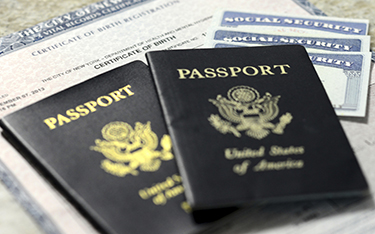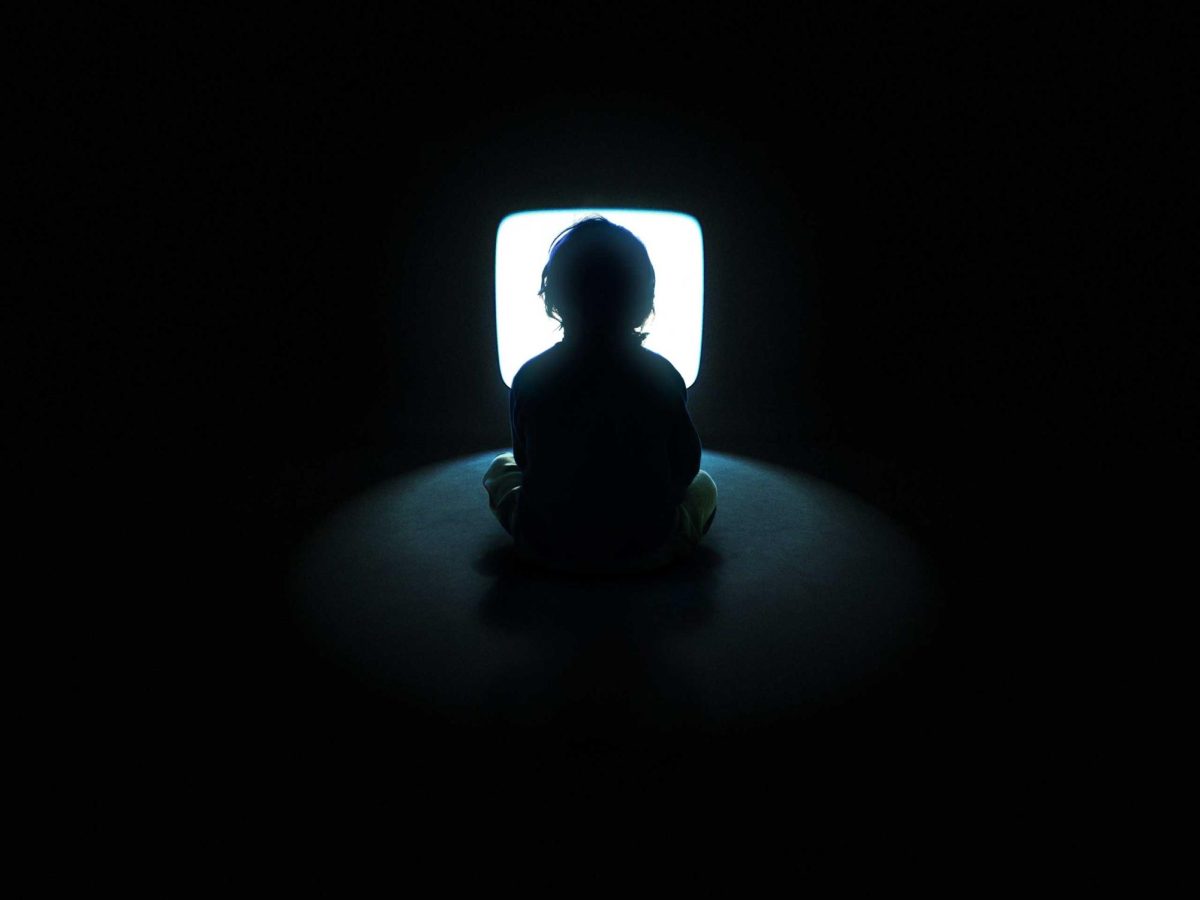Despite its unofficial status, April Fool’s Day holds a significant place in our cultural calendar. It’s a day when we unite to share laughter and fun, often through pranks and jokes. But beneath its seemingly light-hearted surface, April Fool’s Day conceals a rich history steeped in intriguing speculations about its origins, inviting us to delve deeper into its mysteries.
Some believe that April Fool’s Day dates back to 1582. In 1582, France switched its calendar due to a law requirement to change it. The old calendar was slightly incorrect and off by a few days. Some civilians who didn’t hear the news still used the old calendar. Therefore, they were behind in time and date. These uninformed people were made fun of and dubbed “April fools.”
An alternate theory of the origin of April Fool’s is about the festival Hilaria. Hilaria, Latin for joyful, was celebrated in ancient Rome at the end of March. People who participated would dress up in costumes and mock citizens and government officials. There are also theories about April Fool’s being related to the first day of Spring, where nature would trick people with unpredictable, changing weather.
The tradition of April Fool’s Day spread around Britain during the 18th century, with different places celebrating the day differently. For example, Scotland would break the holiday into two days. On the second day, which was called Tailie Day, people would prank each other. This is where the famous April Fool’s tradition comes from
April Fool’s Day has many different origins, each dating back centuries. It spread around incredibly quickly during the 18th century, which shows how beloved this day is. Although April Fool’s Day is associated with silly jokes and playing pranks, it’s still interesting to know this holiday’s origins.
Sources:
























